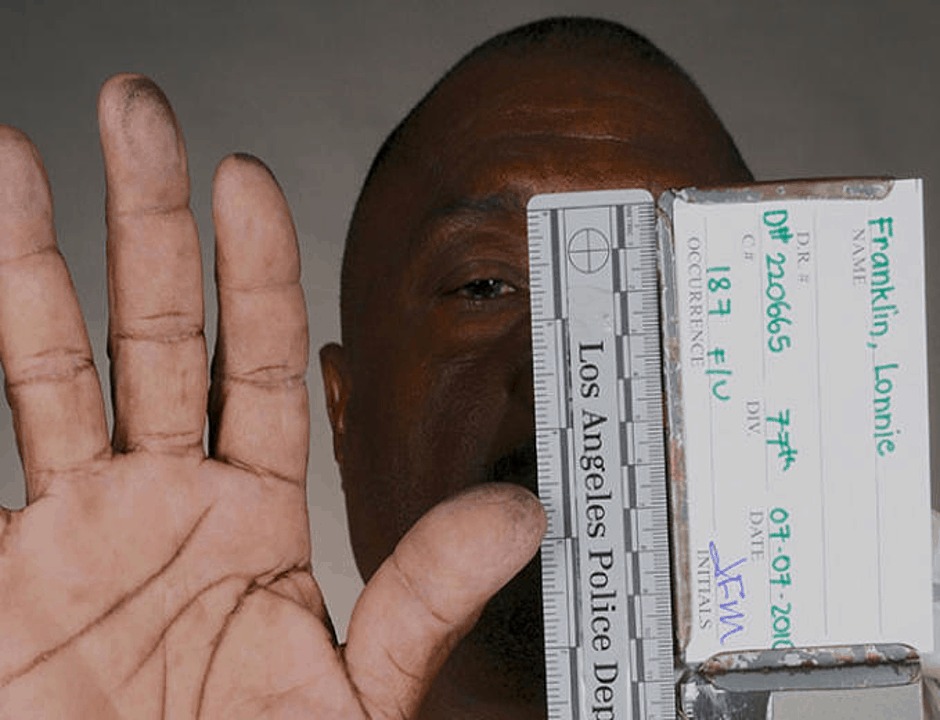There’s the myth of serial killing, the myth that it’s a “white thing”, the myth that black people may kill, yes, but never from sadistic pleasure. And then there’s reality. The names – Jake Bird, Wayne Williams, Chester Turner, Lorenzo Gilyard, and Andre Crawford – historical proof that whatever compulsion it is that moves the Ted Bundy’s and John Wayne Gacy’s of the world to murder, can be found in black men, too.
It’s a compulsion that’s explored in “Tales of the Grim Sleeper,” Nick Broomfield’s latest documentary about the now infamous serial killer, Lonnie Franklin Jr. Between the mid-1980s up until his eventual arrest in 2010, Franklin would kill nearly a dozen or more crack addicts and prostitutes, most of them black, in South Central LA.
Broomfield has explored the mind of a serial killer before, in two documentaries ont female murderer Aileen Wuornos, but here he hones in less on Franklin’s motives, and more on his environment. Several people who knew Franklin before his arrest are interviewed, including former drug addict, Pamela Brooks, who becomes an integral part of the narrative, helping Broomfield navigate the neighborhood and get people to speak to him despite initial misgivings. Through interviews with Franklin’s friends and family, as well as the families of victims, a hazy picture of the man himself is drawn – a man that all at once seemed kind, friendly, and hardworking, yet, as some suggest, had a darker side that only emerged in quick, innocuous flashes when he was in public.
But this isn’t necessarily a film attempting to dissect the mind of Franklin, to completely understand and unpack the motives of the black serial killer in relation to the white. This isn’t a film about how the murders started, but why they were allowed to continue for as long as they did. After all, as the doc reveals, LA police were quite aware of Franklin’s movements early on, but did very little to catch him.
There’s been this long held, morbid fascination that we have with serial killers, and part of it might have something to do with the victims, the value that’s placed on their lives. As the narrative goes on, it becomes more and more evident that no one was much concerned with his mostly black female victims, nor with the drug, poverty, and violence-ravaged neighborhood as a whole.
Thankfully, satisfyingly, this film does not fetishize the killing or try to unmask the heart of the killer like so many others that deal with this subject matter. Instead, it asks tough questions, and makes some pretty bold statements, branding a racist system, including the police and the media as ultimately complicit in Franklin’s crimes. This is by no means groundbreaking filmmaking, but its ideas are challenging, which, in a story like this one, is crucial.
News source courtesy of Shadow & Act!!!
![VannDigital.com (2022) [Light Banner-Viral Pro]](https://www.vanndigital.com/wp-content/uploads/vanndigitalcom-2022-light-banner-viral-pro.png)









